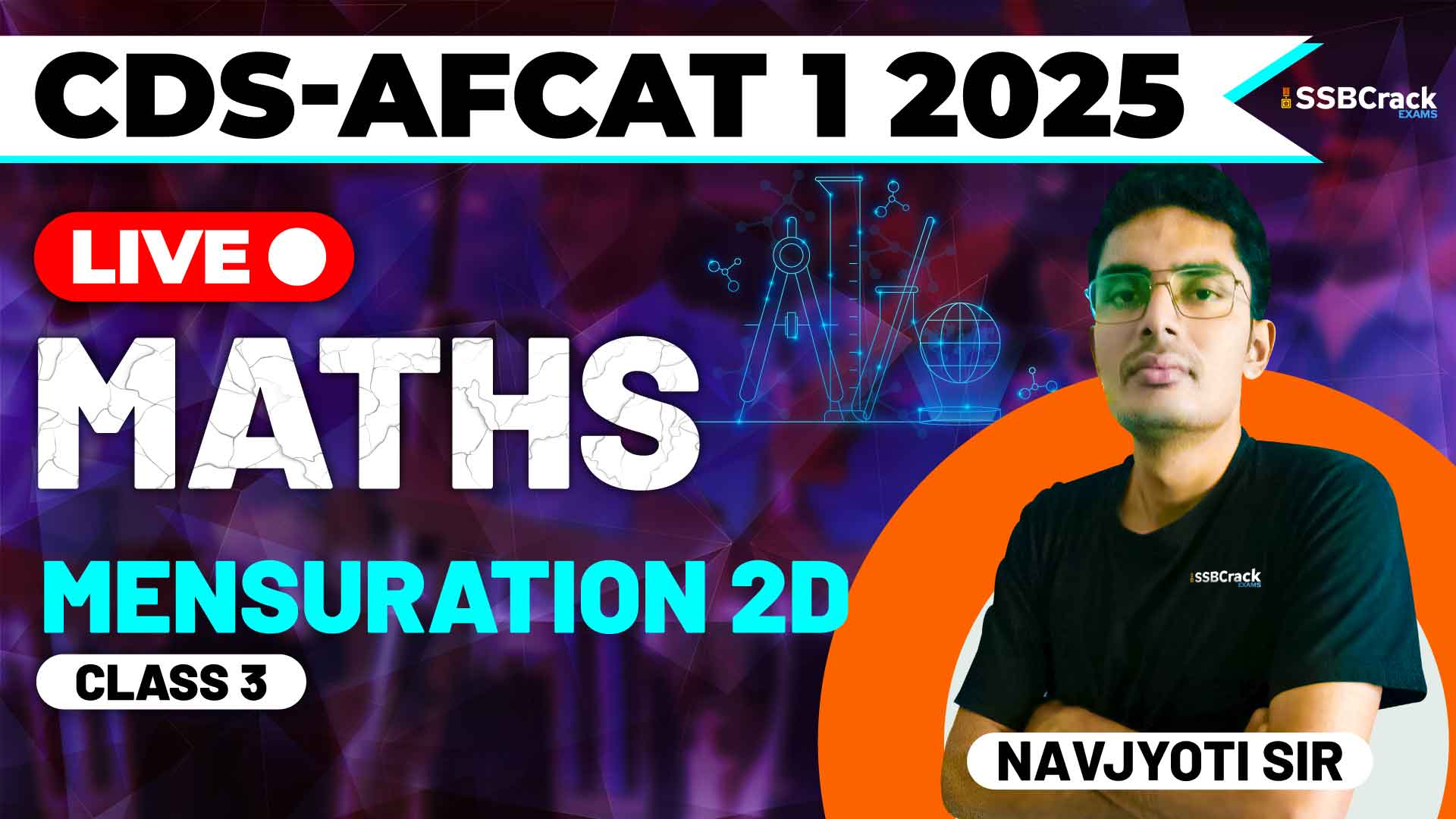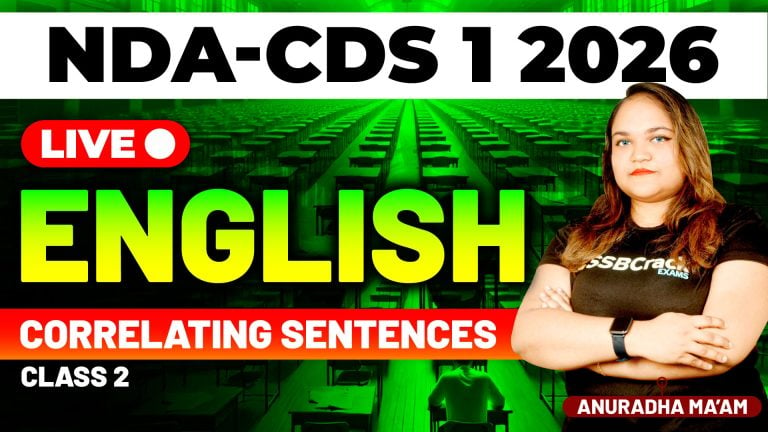Mensuration 2D is a significant and scoring topic for exams like the Combined Defence Services (CDS) and Air Force Common Admission Test (AFCAT). A recent class focused on practicing MCQs from previous years’ exams and expected questions, covering key subtopics discussed in earlier classes such as areas and perimeters of triangles, quadrilaterals, circles, sectors, and polygons. Solving these MCQs is an effective way to solidify understanding, sharpen problem-solving skills, and boost confidence. In this blog, we’ll explore the core elements of Mensuration 2D, strategies for MCQ practice, and tips to excel in this topic.
Overview of Key Mensuration 2D Concepts
- Triangles: Understanding the types of triangles—such as equilateral, isosceles, and right-angled—is essential as each has unique properties for calculating area and perimeter. In-depth knowledge of inradius and circumradius also enhances problem-solving efficiency.
- Quadrilaterals: Quadrilaterals like parallelograms, rectangles, squares, and rhombuses form the backbone of many mensuration questions. Knowing how to quickly determine their areas and perimeters, and recognizing their properties, helps in tackling MCQs with confidence.
- Circles: Circles are a frequent topic in mensuration problems. Understanding key terms like radius, diameter, chord, arc, and circumference is essential. Topics related to sectors and segments—specifically how to calculate their areas—are also crucial for solving a broad range of MCQs.
- Polygons: Regular polygons (such as pentagons and hexagons) appear occasionally in exams, requiring familiarity with their structure. Knowledge of their area and perimeter calculations can give you an edge, as questions on polygons often appear in combined or composite shape problems.
Essential Strategies for Effective Preparation
- Revise Key Concepts and Formulas Regularly
- Start with a review of each shape’s properties—triangle, quadrilateral, circle, and polygon. Keep a separate notebook for all the important formulas, and review it daily. Repetition reinforces retention, making it easier to recall formulas during exams.
- Focus on Visual Understanding
- Mensuration often involves spatial reasoning, so practice drawing rough diagrams for complex problems, especially with composite shapes. Visualizing the parts of the problem helps in structuring your solution and reduces errors.
- Learn to Identify Key Terms in Questions
- Many MCQs provide subtle hints in their phrasing. Look for keywords like “radius,” “chord,” or “right angle,” as they often suggest a specific approach or formula. Practicing with MCQs will help you become adept at identifying these cues.
- Start with Simpler Questions and Build Complexity
- Begin with basic problems to reinforce foundational understanding, then progress to complex, multi-step questions involving composite shapes or combined figures. This approach builds confidence as well as skill.
- Analyze Mistakes Thoroughly
- After solving a set of MCQs, review any mistakes carefully. Understanding the error—whether in formula application, concept clarity, or calculation—will prevent you from repeating it in the future. This is especially useful for questions where you misinterpret the problem’s requirements.
- Set a Time Limit for Practice Sets
- Time management is key in exams, so try to solve MCQs within a set time frame. This will help you gauge your speed and improve over time. Regular timed practice also trains your mind to perform accurately under time constraints.
- Use Previous Years’ Questions and Mock Tests
- Prioritize practicing with questions from past CDS and AFCAT exams. Supplement this with high-quality mock tests to expose yourself to different question variations, further solidifying your knowledge.
Avoiding Common Mistakes in Mensuration 2D
- Misreading Units: Always check the units in each question—length, area, and perimeter are often expressed in different units. Converting units at the start can prevent errors in your final answer.
- Overcomplicating the Approach: Many questions in mensuration are straightforward but can seem complex. Avoid adding unnecessary steps—focus on identifying the shortest route to the answer.
- Ignoring Composite Shape Problems: Sometimes, shapes are combined, requiring multiple formulas. Practice identifying these combinations and calculating areas or perimeters step-by-step.
Sample Problem-Solving Approach
Consider a sample MCQ involving a composite shape—a square with a circle inscribed in it. The problem may ask for the area of the shaded region between the square and the circle.
- Identify Key Parts: Recognize that the square and circle share the same center.
- Visualize the Solution: Sketch the figure to understand the layout.
- Select Formulas: Use the area formula for both the square and the circle.
- Apply Sequential Calculations: First calculate the square’s area, then the circle’s, and subtract the circle’s area from the square’s to find the shaded region.
- Verify Units and Answer Choices: Check that your answer aligns with the units required in the question.
Concluding Remarks
Mensuration 2D is an approachable and scoring area in CDS and AFCAT exams if prepared thoroughly. Regular MCQ practice is essential to build a solid foundation, improve accuracy, and develop speed. By consistently reviewing formulas, visualizing shapes, and practicing past exam questions, you can approach Mensuration 2D questions with confidence. This structured preparation will empower you to solve even complex questions efficiently, making Mensuration a reliable area for scoring well on exam day.


















